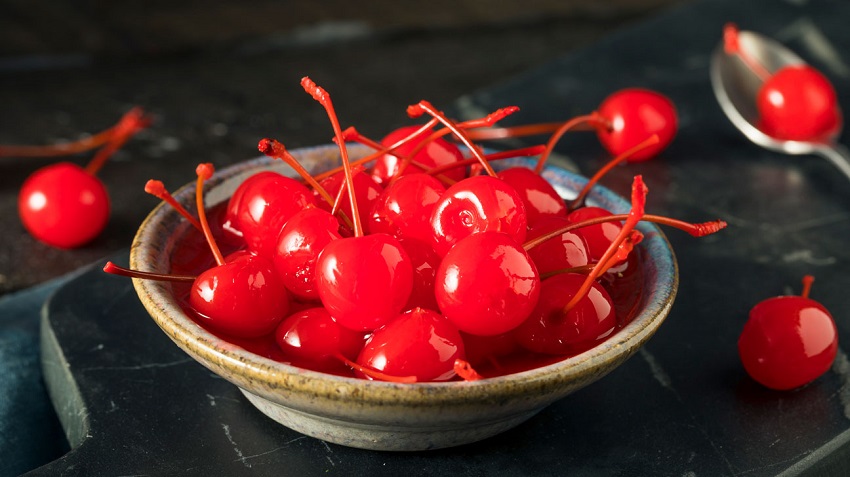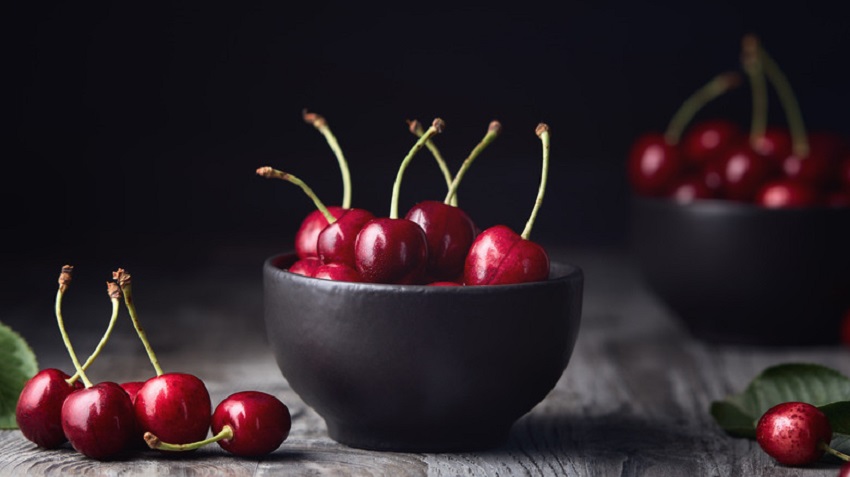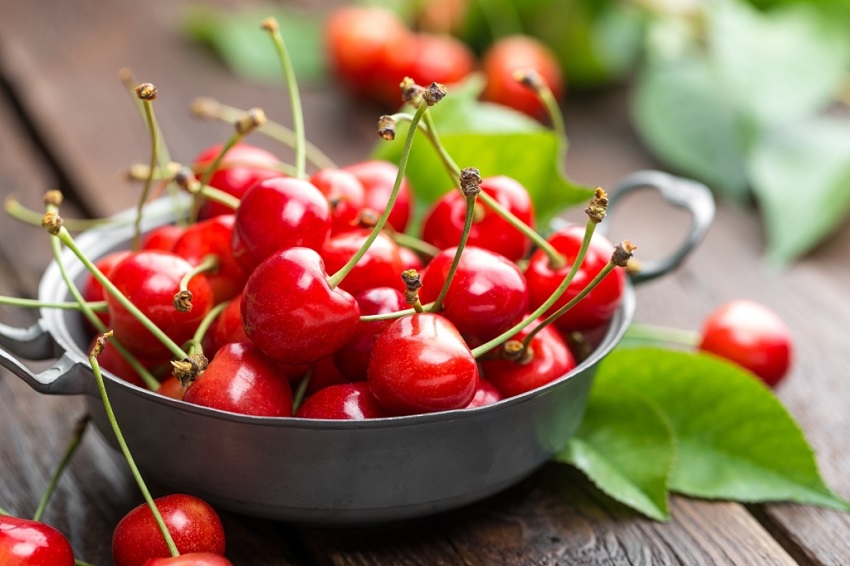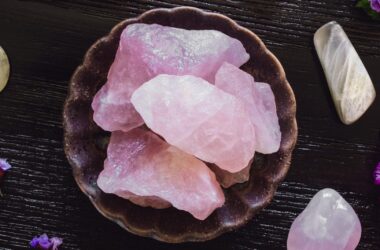Do you ever find yourself leaving behind the stems when you enjoy a bowl of cherries? If you do, you’re not alone. Most people tend to discard cherry stems without a second thought. But have you ever wondered whether you should actually be eating those stems? In this article, we’ll delve into the world of cherry stems, exploring their potential health benefits, and the reasons why they are often overlooked. Let’s uncover the truth about cherry stems and whether they deserve a place on your plate. This article is presented by Limafitzrovia.com.
The Neglected Nutrient Powerhouse
1. The Nutritional Value of Cherry Stems
While cherry stems may seem insignificant compared to the vibrant fruit they’re attached to, they actually pack a surprising nutritional punch. These stems are a rich source of vitamins, minerals, and beneficial compounds that can contribute to your overall well-being.
2. Bursting with Antioxidants
Cherry stems contain a variety of antioxidants that can help protect your cells from oxidative stress and support your body’s natural defense mechanisms. These antioxidants play a crucial role in maintaining your health and preventing various chronic diseases. Let’s discover how to tie cherry stem.
3. A Hidden Source of Fiber
Fiber is essential for a healthy digestive system, and cherry stems provide a notable amount of dietary fiber. Including these stems in your diet can promote regularity, aid in digestion, and contribute to a balanced gut microbiome.
The Health Benefits of Cherry Stems
4. Anti-Inflammatory Properties
Cherry stems are known for their anti-inflammatory properties, thanks to the presence of volatile oils and other bioactive compounds. Incorporating cherry stems into your diet may help reduce inflammation and alleviate discomfort in the body.
5. Natural Diuretic Effects
The potassium salts found in cherry stems act as natural diuretics, promoting the elimination of excess fluids from the body. This diuretic effect can be beneficial for individuals dealing with water retention or mild bloating.
6. Potential Immune Support
Some studies suggest that cherry stems may offer immune-boosting benefits. The antioxidants and other bioactive compounds present in these stems could play a role in strengthening your body’s defense mechanisms.
From Plate to Cup: Alternative Uses of Cherry Stems
7. Crafting Cherry Stem Tea
Instead of tossing those stems aside, consider brewing them into a flavorful and healthful tea. Cherry stem tea is not only a delightful beverage, but it also allows you to reap the potential health benefits of these often overlooked parts of the cherry.
8. Sweet Syrup Creations
Cherry stems can be transformed into a unique and delicious syrup that can be drizzled over pancakes, waffles, or desserts. This creative use adds both flavor and nutrition to your favorite dishes.
The Culinary Versatility of Cherry Stems
9. Culinary Explorations
Incorporating cherry stems into your culinary creations can add a subtle hint of cherry flavor and a touch of elegance to your dishes. From salads to cocktails, these stems can be a versatile and surprising ingredient.
10. Mindful Eating and Sustainability
Embracing cherry stems as a part of your diet can also promote mindful eating and reduce food waste. By utilizing parts of the fruit that are often discarded, you contribute to a more sustainable approach to food consumption.
Beyond the Cherry Bowl: Practical Tips
11. Selecting Fresh Cherry Stems
When choosing cherries, opt for those with vibrant, green stems. This indicates freshness and can enhance the flavor and nutritional value of your culinary creations.
12. Proper Preparation
Before using cherry stems in your recipes, make sure to wash them thoroughly to remove any dirt or residue. This ensures that you can fully enjoy their flavor and benefits.
13. Experimentation in the Kitchen
Don’t hesitate to get creative with cherry stems in the kitchen. Whether it’s infusing vinegar, creating unique sauces, or experimenting with infused water, there are countless ways to incorporate these stems into your cooking repertoire.
The Verdict: To Eat or Not to Eat?
While cherry stems offer a range of potential health benefits, it’s important to note that they may not be everyone’s cup of tea, so to speak. If you find the idea of consuming cherry stems intriguing, consider exploring their culinary applications and experimenting with their flavors. However, if you prefer to stick with the cherry itself, rest assured that you’re still enjoying a delicious and nutritious treat.
FAQs
- Can I eat cherry stems raw?
While cherry stems are safe to consume, they are often tough and fibrous when eaten raw. It’s recommended to explore other culinary options, such as brewing tea or creating syrup.
- How do I make cherry stem tea?
To make cherry stem tea, simply steep washed cherry stems in hot water for a few minutes. You can sweeten it with honey or a natural sweetener of your choice.
- Are cherry stems high in calories?
Cherry stems are low in calories, making them a guilt-free addition to your diet. They can add flavor and potential health benefits without significantly impacting your caloric intake.
- Can cherry stems replace cherries in recipes?
While cherry stems offer a unique flavor profile, they cannot fully replace cherries in recipes. However, they can complement cherry-based dishes and beverages.
- Are there any allergic reactions associated with cherry stems?
Allergic reactions to cherry stems are rare. However, if you have allergies to other fruits or plants, it’s advisable to exercise caution and consult a healthcare professional if you’re unsure.






